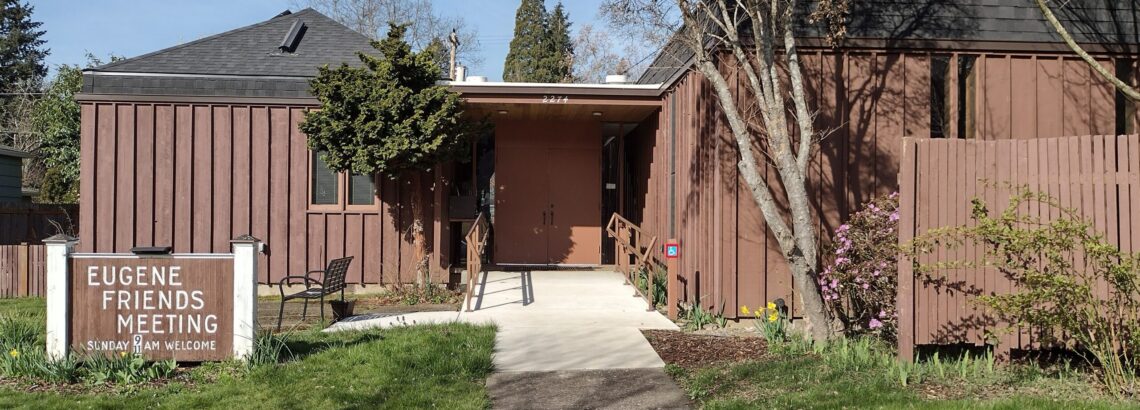
Eugene rests in the Willamette Valley Oak Savanna ecoregion. Oak savannas are landscapes characterized by widely spaced oak trees and a prairie-like ground layer vegetation. The white oaks of this ecoregion are considered keystone species because “they support more life-forms than any other North American tree genus including fungi, insects, birds and mammals.” (U.S. National Park Service)
Unfortunately, this is one of the most human-modified ecoregions on the continent, with an estimated 99.5% decline of native prairies and oak savannas. And globally, oak savannas in northern latitudes are one of the world’s most endangered ecosystems.
Prior to European settlement, much of the land in our valley was managed and maintained as oak savanna and treeless prairie by the native Kalapuya tribes. They used fire to keep the landscape open, to provide forage for grazing animals, and maintain food sources (game, fruit, acorns, and seeds) that sustained their communities.
The One Earth site says:
Thunderstorms and lightning are extremely rare in this ecoregion, so Native Americans must have greatly expanded small natural grasslands through their use of fire. Because several rare, endemic species are dependent on these grasslands, this represents a rare case of humans behaving as a keystone (ecologically pivotal) species in the most positive sense.
Endemic in this case implies being peculiar to our region. We have a whole list of endemic grassland plants found only in the Willamette Valley, including Kincaid’s lupine, which is the only larval host plant for the endangered Fender’s Blue butterfly. Oak savannas also provide unique habitat for rare and declining bird species, such as the Dusky Canada goose and the Acorn woodpecker.
EuroAmerican settlement of the Willamette Valley led to the decimation of the Indian population, and extensive conversion of native grasslands to agriculture. Only 1% of our Oak Savanna ecoregion is protected, and only around 2% of the land outside protected areas continues as natural habitat. Fire suppression has resulted in many remaining oak savannas transitioning to oak woodlands and closed forests, and our native prairie grasses have been largely replaced by nonnative grasses.
Why should this be important to us?
If we extend our testimonies of peace and equality to the Fender’s Blue butterfly and the Acorn woodpecker, and treat all living things as if they have the right to live, we know that we must preserve the biodiversity of the planet and all the gifts this diversity provides.
Living in peace with the planet means that we must see habitat destruction as an act of aggression. All life is sacred.
According to One Earth, the priority conservation actions are:
- Increase federal, state, and local acquisition of conservation lands;
- Undertake extensive restoration of natural communities, especially prairies and oak savanna; and
- Greatly increase controlled burning and other habitat management practices.


